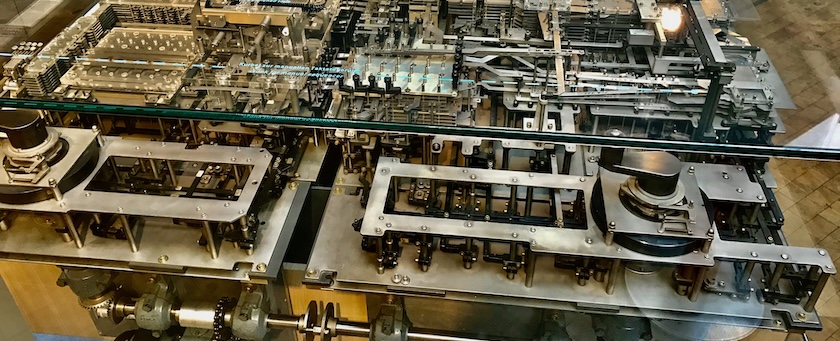Architecture

In the previous post of this blog series we discussed the assembly line fallacy, the misconception that software development is the same as building a car and learned that software development is part of the design, not the construction.

The current AI hype is accompanied with a lot of predictions that software development will be taken over by AI solutions soon and most software developers will lose their jobs together with most other white collar workers. While I agree that AI solutions will have a significant impact on software development, I disagree with the notion that software development will be taken over by AI solutions anytime soon.

Recently I tried to catch up with the recent developments in platform engineering when I experienced once more a just too familiar déjà vu feeling. During my research, I came across the following definition of platform engineering:

In the previous post, we started with the observation that companies (still) want to break up their monoliths into microservices. If you ask them what they expect from this measure, they typically expect to cure the “big ball of mud” issue with microservices or to improve their time to market with them.

Time and again clients approach my colleagues and me with the request that they want to break up their monolith into microservices and they ask us how to do this best. Apparently, they are convinced that breaking up the monolith into microservices will solve some big problems they had for a long time.










